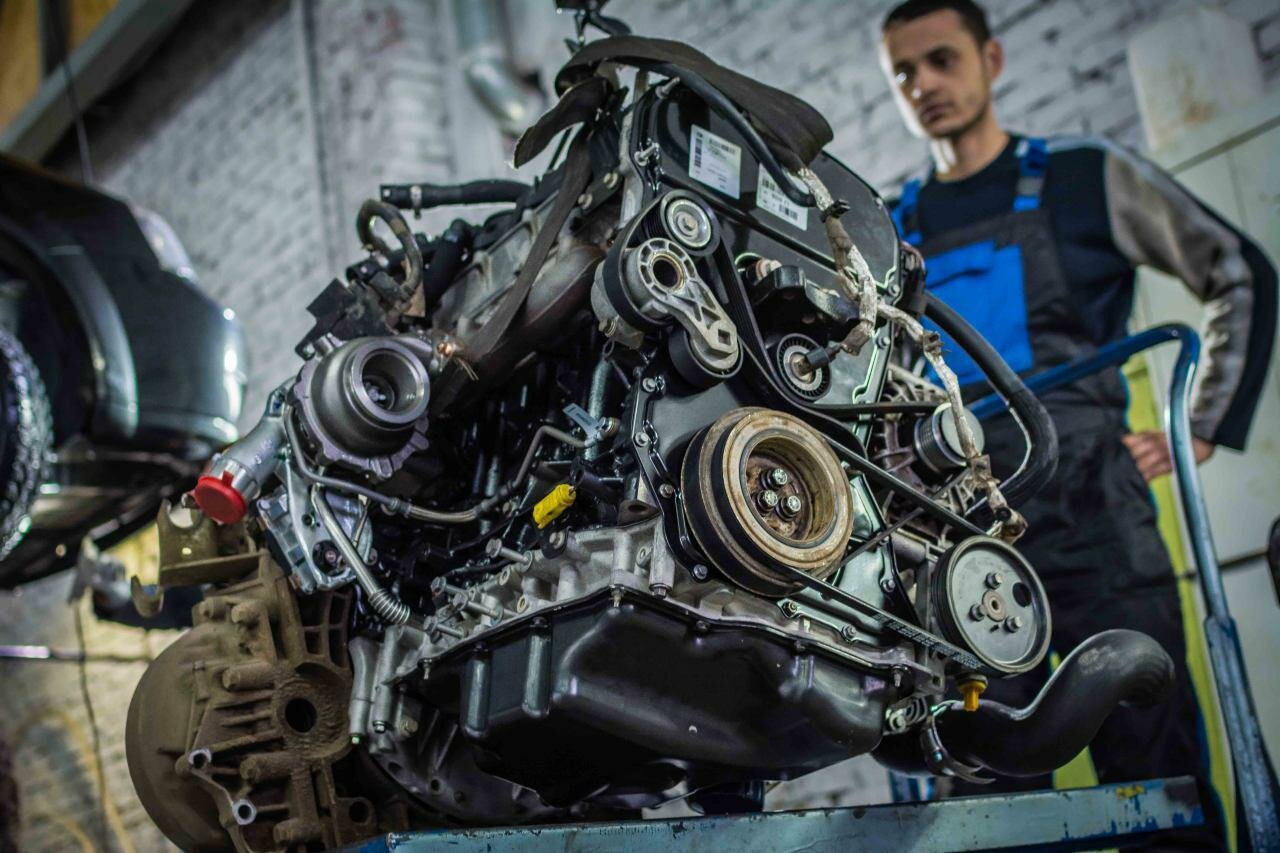Honda Ridgeline: A Brief Overview
The Honda Ridgeline has carved out a niche for itself in the competitive midsize pickup truck market since its debut in 2005. Known for its unibody construction, innovative features, and car-like handling, the Ridgeline has appealed to a diverse range of consumers, from families needing a versatile vehicle to outdoor enthusiasts seeking utility. Over the years, Honda has made several updates to the Ridgeline, enhancing its performance, safety, and technology offerings. However, despite its many strengths, the Ridgeline has not been without its issues.
Engine Emissions System Problems
One of the most significant concerns that have emerged over the years is related to the engine emissions system. As environmental regulations have tightened, automakers, including Honda, have faced increasing pressure to ensure that their vehicles meet stringent emissions standards. Unfortunately, the Ridgeline has encountered various problems within its emissions system, leading to increased emissions and potential compliance issues. These problems can stem from a range of factors, including faulty components, software glitches, and design flaws. Understanding the implications of these emissions system issues is crucial for current and prospective Ridgeline owners, as they can affect vehicle performance, reliability, and even resale value. This article will delve into the specifics of the Honda Ridgeline’s engine emissions system problems, exploring their causes, effects, and potential solutions.
Understanding the Honda Ridgeline Engine Emissions System Problems
The Honda Ridgeline has gained a reputation for its reliability and versatility, but it has faced significant challenges regarding its engine emissions system. These problems can lead to increased emissions, reduced fuel efficiency, and potential legal ramifications for owners. Below, we will explore the common issues associated with the Ridgeline’s emissions system, their causes, and the implications for vehicle owners.
Common Issues with the Emissions System
Several problems can arise within the Honda Ridgeline’s emissions system, including:
- Faulty Oxygen Sensors: These sensors monitor the exhaust gases to ensure the engine is running efficiently. A malfunction can lead to incorrect readings, resulting in poor fuel economy and increased emissions.
- Defective Catalytic Converters: The catalytic converter is crucial for reducing harmful emissions. If it fails, the vehicle may produce excessive pollutants, leading to potential fines and legal issues.
- Evaporative Emission Control System (EVAP) Failures: This system prevents fuel vapors from escaping into the atmosphere. A failure can trigger warning lights and affect overall engine performance.
- Software Glitches: Modern vehicles rely heavily on software to manage emissions. Bugs or outdated software can lead to improper functioning of the emissions system.
Causes of Emissions System Problems
The issues with the Ridgeline’s emissions system can stem from various factors, including:
- Wear and Tear: Over time, components like oxygen sensors and catalytic converters can degrade, leading to failures.
- Poor Maintenance: Neglecting regular maintenance can exacerbate emissions problems. Regular oil changes and inspections are crucial.
- Environmental Factors: Extreme weather conditions and poor fuel quality can impact the performance of the emissions system.
- Manufacturing Defects: Some models may have inherent design flaws that predispose them to emissions issues.
Implications for Vehicle Owners
The consequences of emissions system problems can be significant for Honda Ridgeline owners. These may include:
- Increased Fuel Costs: Poorly functioning emissions systems can lead to decreased fuel efficiency, resulting in higher fuel expenses.
- Legal Ramifications: Vehicles that fail to meet emissions standards can lead to fines and penalties for owners.
- Decreased Resale Value: A history of emissions problems can negatively impact the vehicle’s resale value.
- Potential Safety Risks: While emissions issues primarily affect environmental compliance, they can also indicate broader engine problems that may compromise safety.
Top views |
|
|---|---|
 |
Oil, Timing Chains, Pistons: What Really Kills an Engine Prematurely? |
 |
How to Choose a Car with a Reliable Engine: Used Car Market Hacks That Actually Work |
Symptoms and Consequences of Emissions System Problems
To help owners identify potential emissions system issues, here is a table summarizing common symptoms and their consequences:
| Symptoms | Consequences |
|---|---|
| Check Engine Light (CEL) illuminated | Indicates a malfunction in the emissions system; may lead to increased emissions. |
| Decreased fuel efficiency | Higher fuel costs and reduced range per tank. |
| Unusual exhaust odors | Potentially harmful emissions; indicates a malfunctioning catalytic converter. |
| Rough engine performance | May indicate issues with oxygen sensors or other emissions components. |




0 Comments